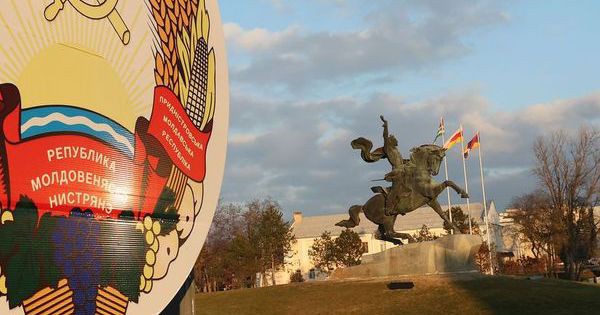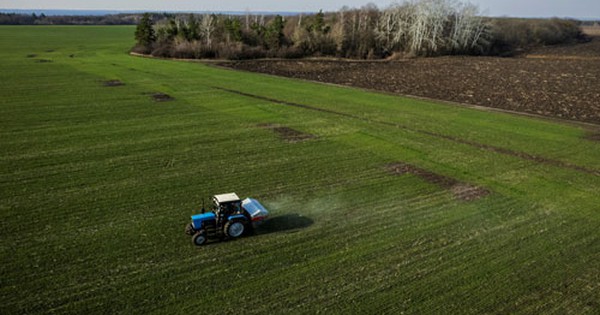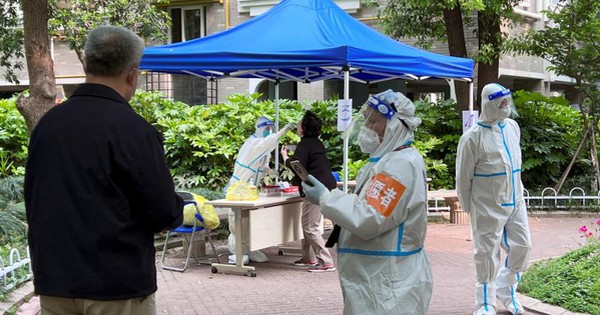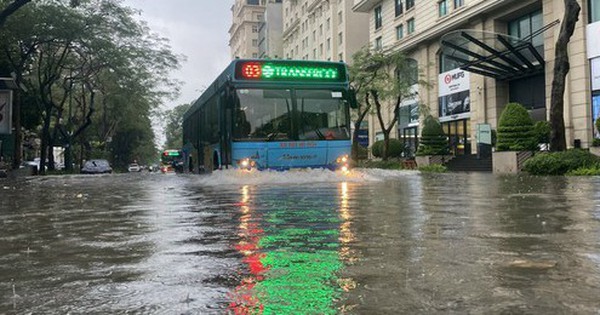Vietnam has a surplus of food since ancient times
Vietnam is located in the east of the Indochinese peninsula, since ancient times has been the main food production area, especially wet rice, with a very famous wet rice farming.
The book about the famous Chinese products “Foreign Affairs” describes that: “Giao Chi rice ripens in summer and winter, farmers replant after a year”. Moreover, the surplus rice at that time was sent to neighboring areas. (According to Wikipedia, Giao Chi is a place name originating from China to refer to Northern Vietnam during the Northern colonial period. This is also the name that the Song dynasty in China called our state in the Dinh and Ly dynasties from 981. to 1164).
Therefore, according to Nizijiejieyaonuli – the author of an article on China’s QQ website, thousands of years ago, Vietnam had a surplus of food to meet its own needs.
In modern times, under French colonial rule, Vietnam expanded the area of rice cultivation. According to records, at that time in the Mekong Delta – the largest rice growing region in Vietnam – there were 2.2 million hectares of arable land, with about 35% of rice production being exported. At that time, the Mekong River Delta and the Red River Delta became the “rice bowl” of the Indochina peninsula and the “money making tool” of the French colonialists.
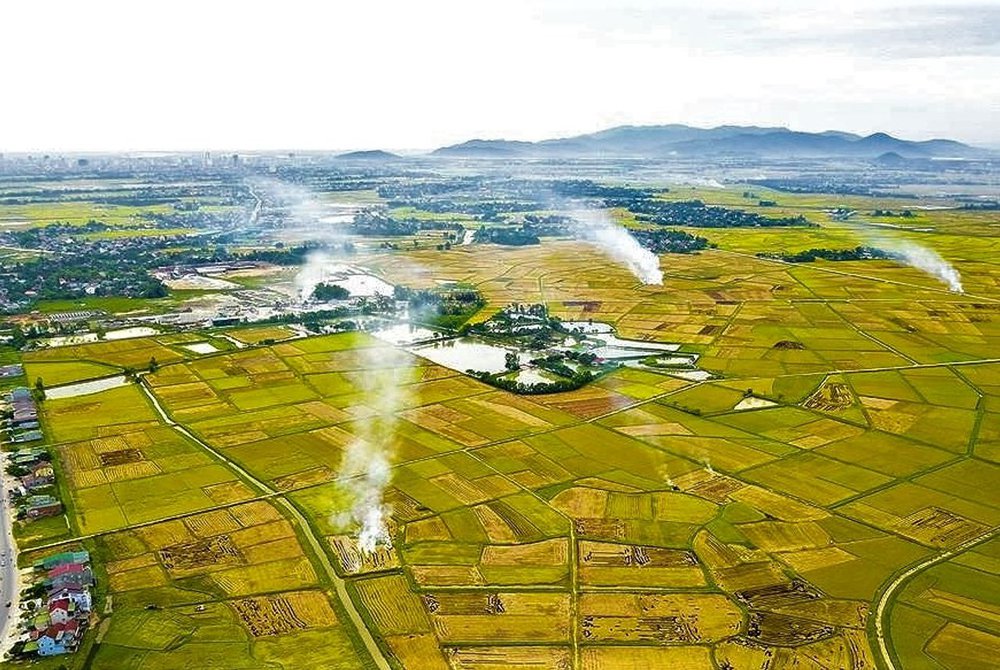
The wet rice growing area in the Red River Delta.
Had to “run rice” before exporting again
But after the Second World War and decades of resistance, within 30-40 years, Vietnam from a food exporter became a country in need of food aid.
A typical case is the severe flooding in both the South and the North in 1978, which directly affected the food supply. According to data from Tuoi Tre newspaper, the food output mobilized by the State in 1979 was only 1.45 million tons, a serious decrease compared to 2.04 million tons in 1976. The output of rice per capita, ie the pot. people’s rice, also decreased from 211 kg/person in 1976 to 157 kg/person in 1980.
In his memoirs, former Deputy Prime Minister Tran Phuong wrote: “The heaviest task of the Government and the Deputy Prime Minister in charge of circulation at that time was to run rice. The demand for edible rice and seed rice each year had to be guaranteed at least 300 kg of rice/capita. Below that level, he had to “carry” “Ask for aid from brother countries or borrow money to buy food”.
According to the author of the article on the QQ site, since 1989, the food crisis in Vietnam has ended and food has started to be exported to the world (in 1989, 1.5 million tons were exported). By 2018, Vietnam’s total food production had reached 50 million tons.
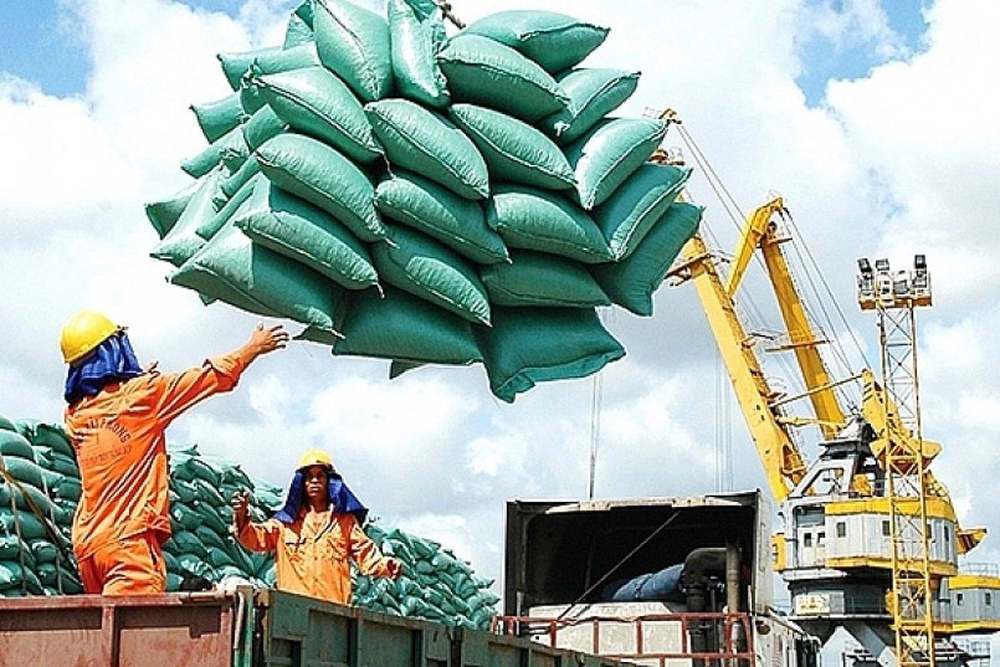
In the first 4 months of 2022, Vietnam’s rice exports reached 2.05 million tons with a value of 1 billion USD.
So how did Vietnam turn the situation around, from a country lacking food in the late 1970s to becoming a food exporter in just 10 years?
In 10 years, the cultivated area increased by 10%.
According to the author of the article on the QQ website, first, in Vietnam, like China, many cooperatives have applied the form of “contracting products to groups of workers and employees” since 1980. This has stimulate the enthusiasm of labor of Vietnamese farmers.
Second, the Mekong and Red River basins of Vietnam are mostly fertile soils, which are regularly accreted with a large amount of alluvium, helping to expand the arable land area, which also leads to increase in food production. According to the author of the article, 6.19 million hectares of arable land in Vietnam in 1976 in 10 years increased to 6.83 million hectares, equivalent to 10%.
Third, Vietnam has researched and bred many high-quality rice varieties and put them into cultivation, replacing low-yielding local pure rice varieties, contributing to increasing yield and quality of rice per unit area. . In particular, new rice varieties can grow three crops in a year.
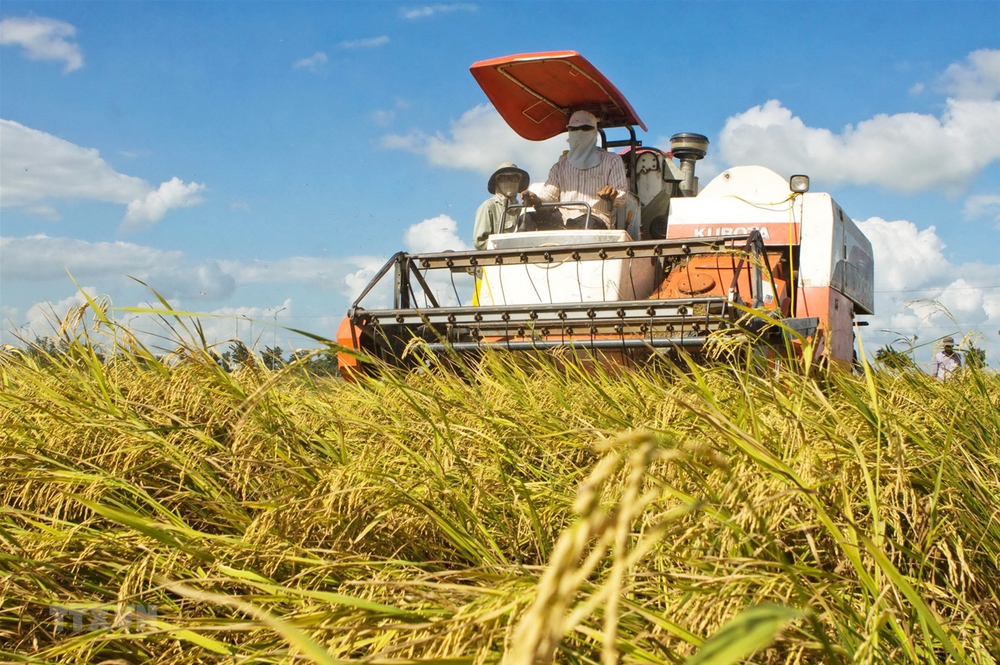
Applying science and technology to increase rice productivity in Vietnam.
In addition to these main reasons, according to the author of the article, the advancement of science and technology, the policy support of the Vietnamese government, and the replacement of some cereals have made Vietnam a country in the world. export food in a short time only about 10 years.
at Blogtuan.info – Source: Soha.vn – Read the original article here
